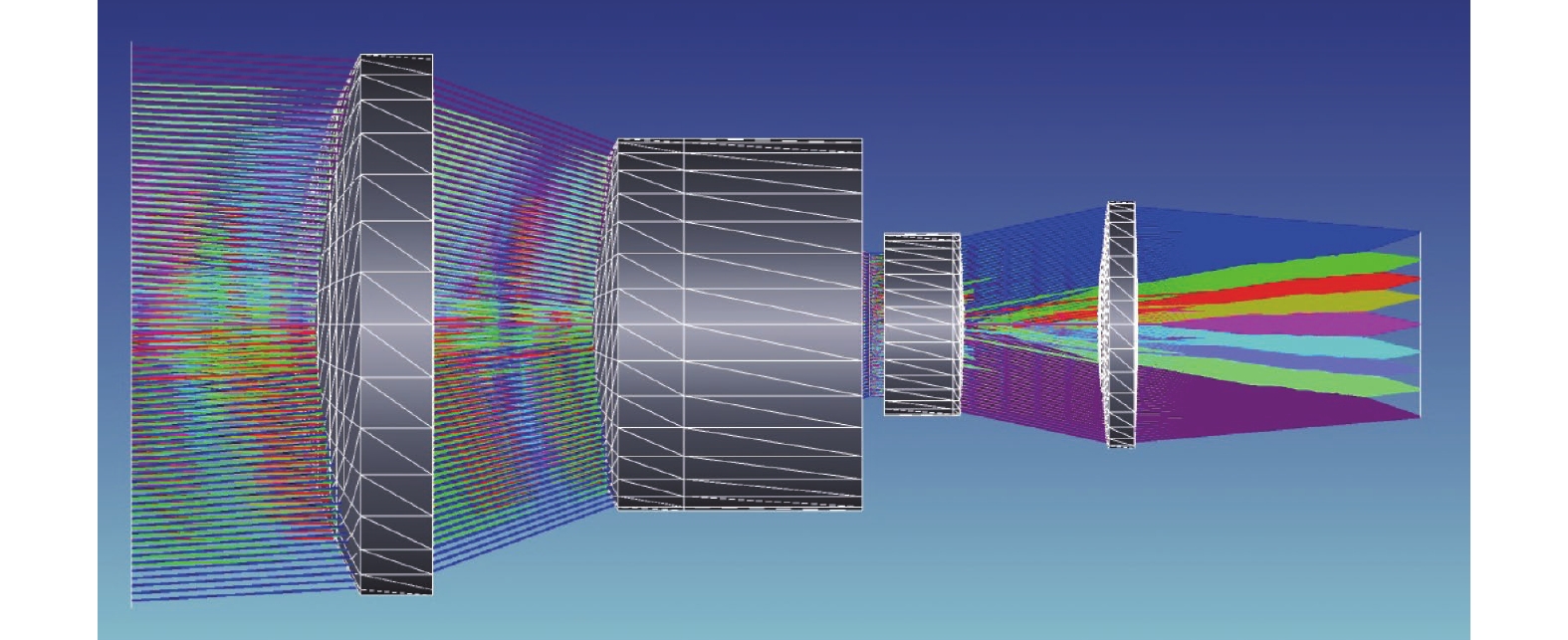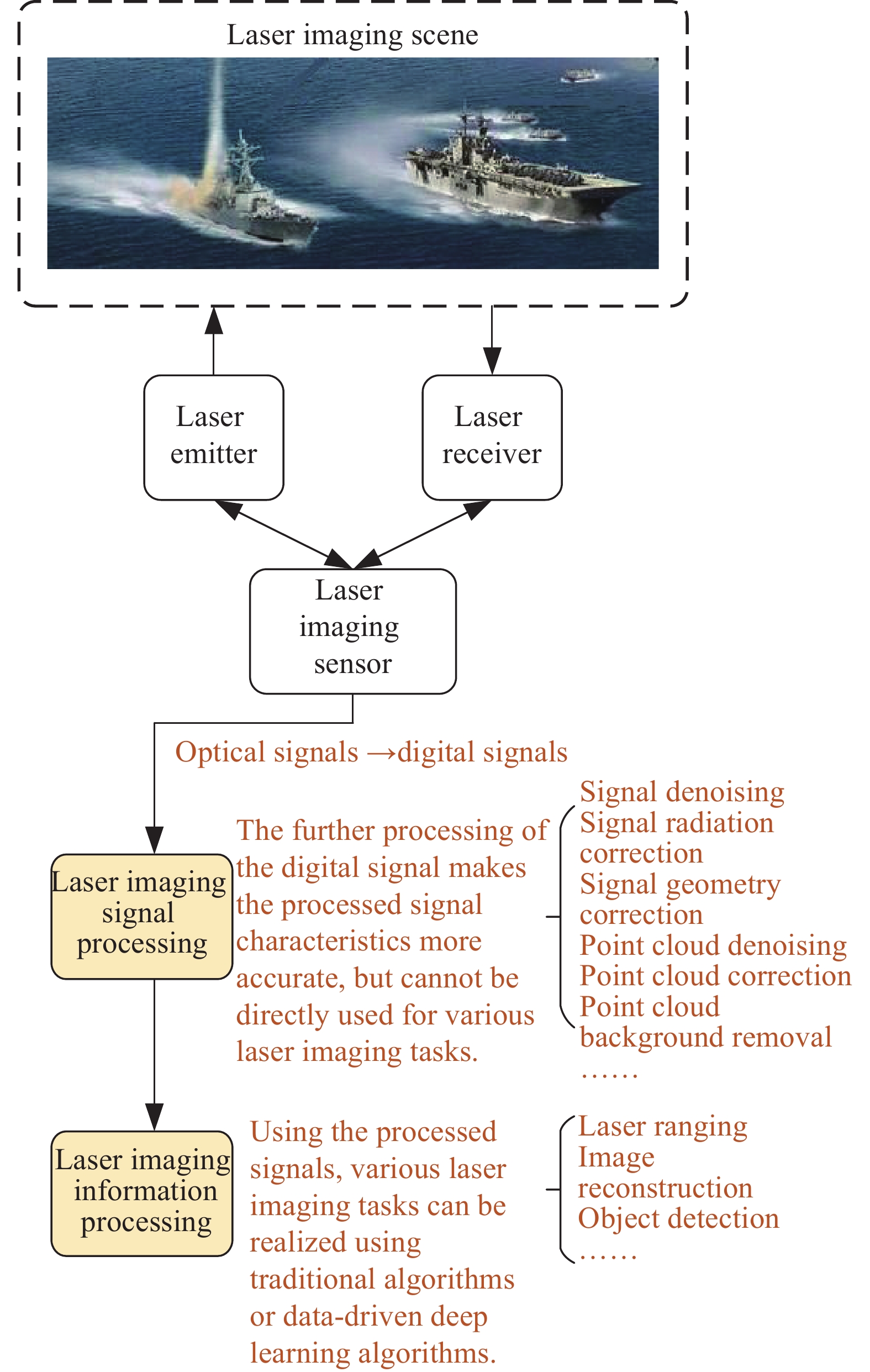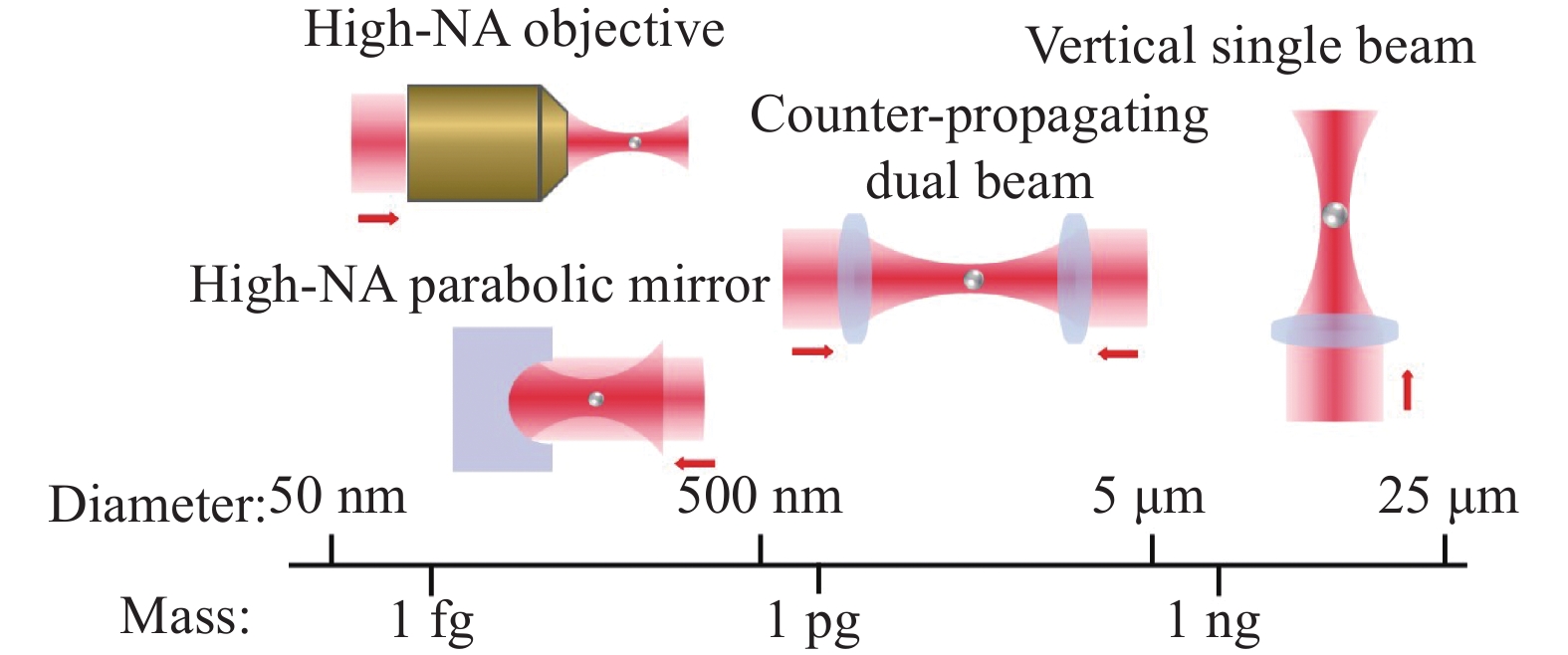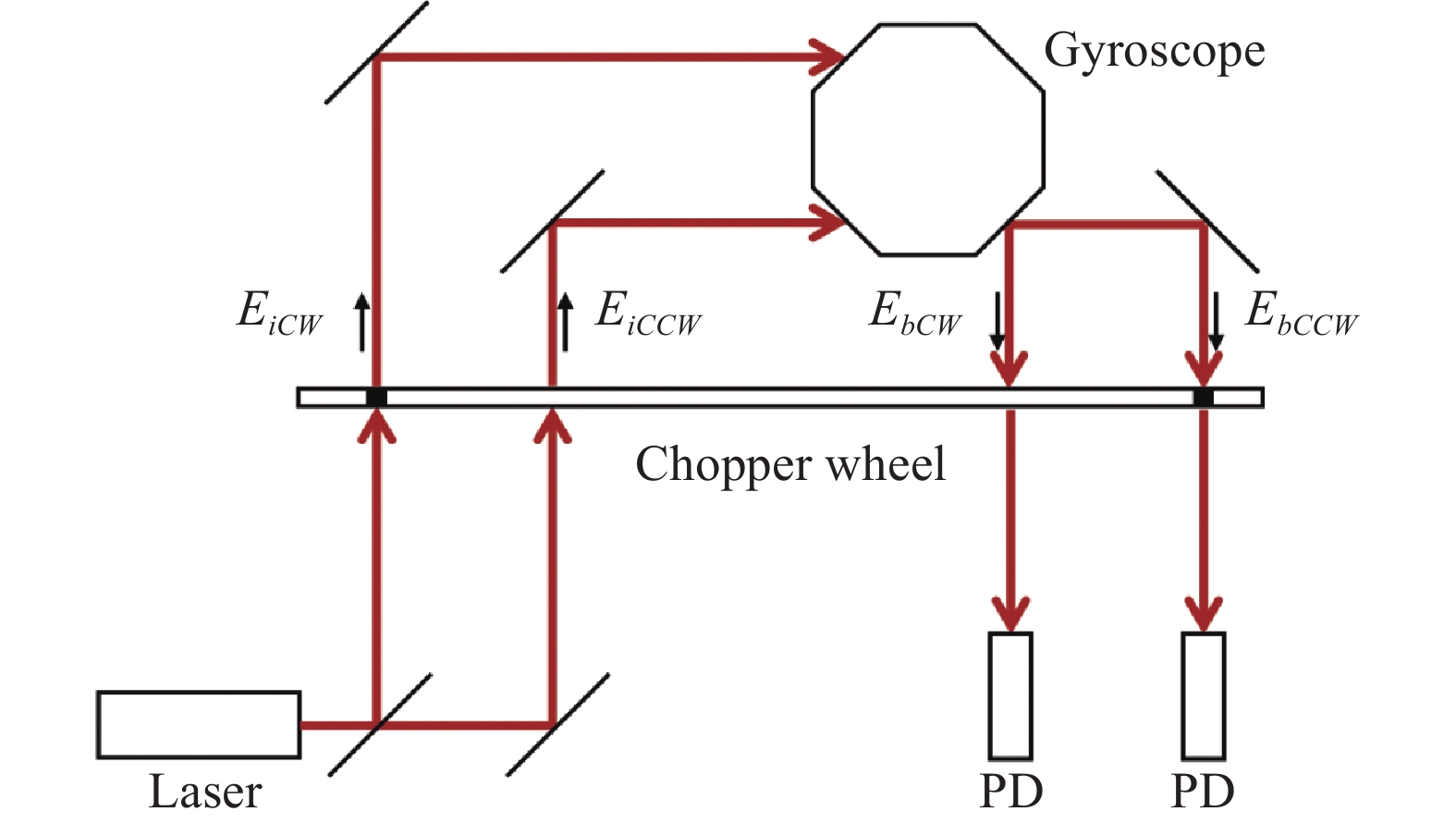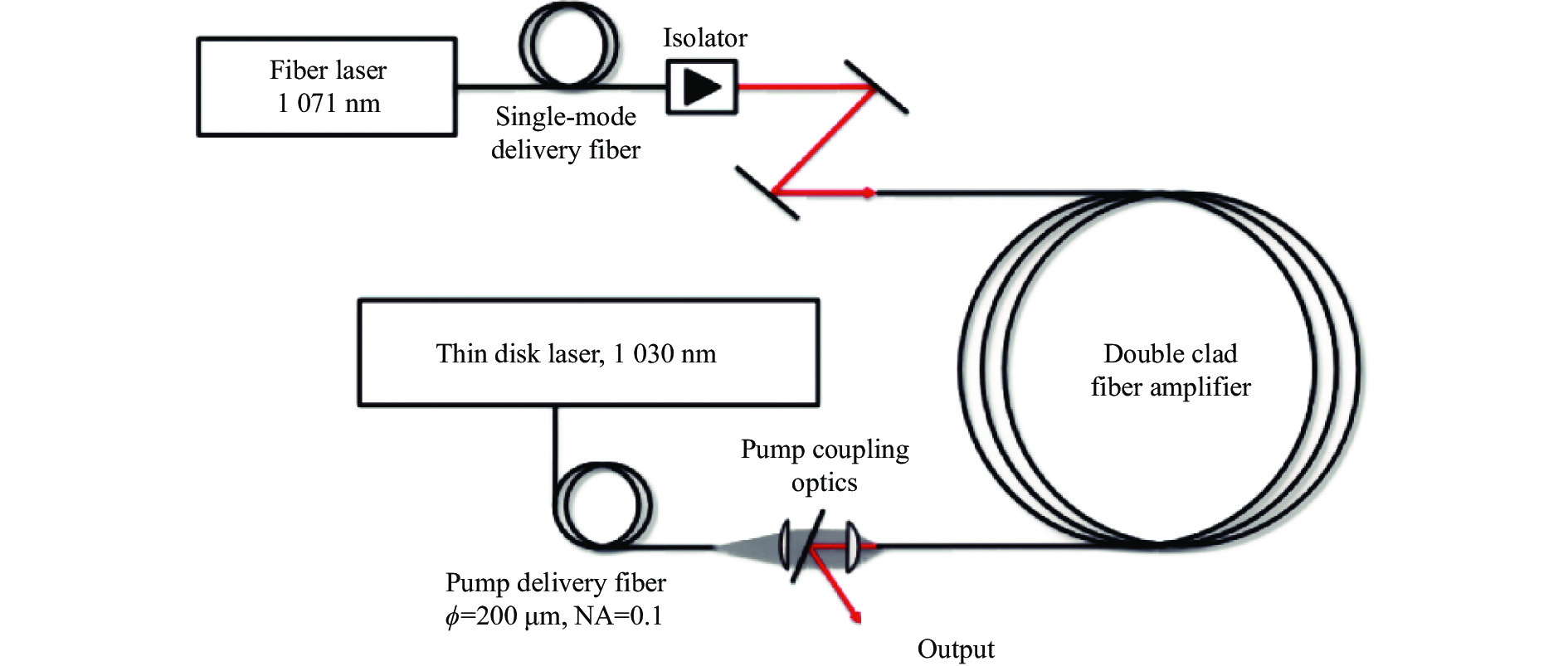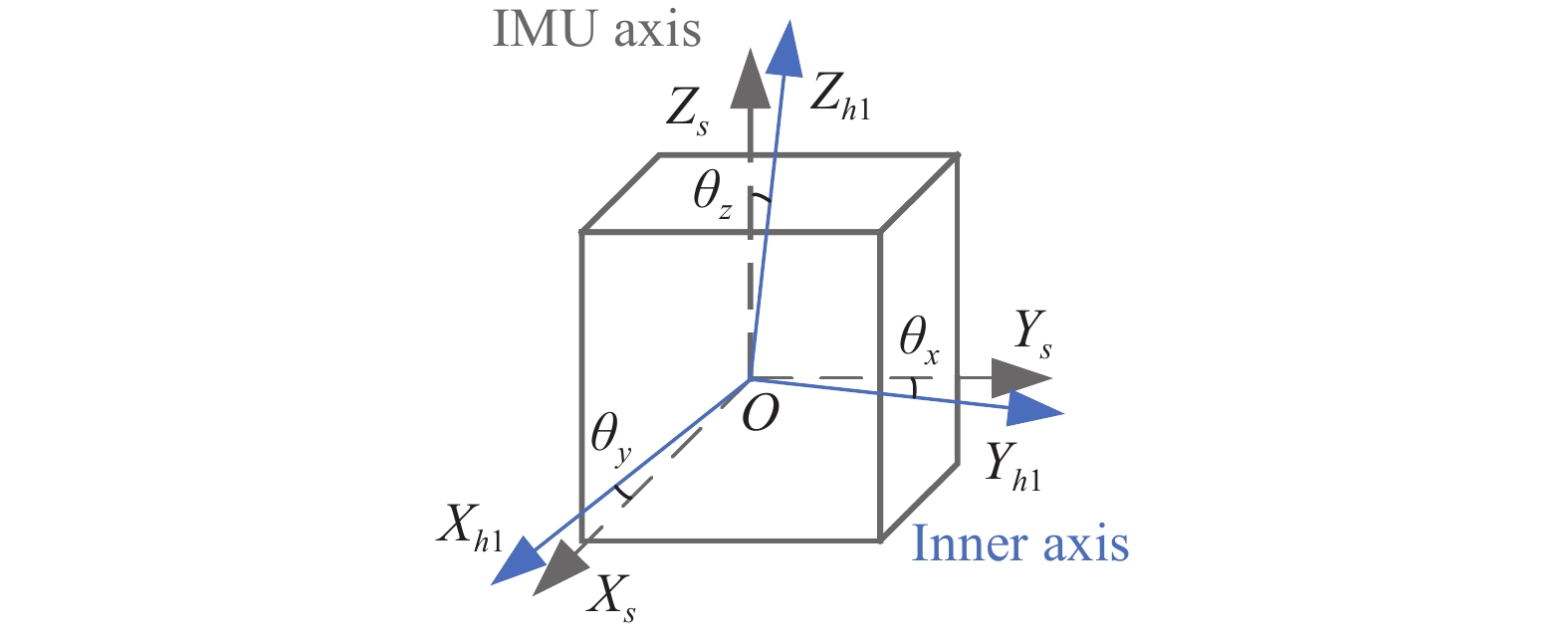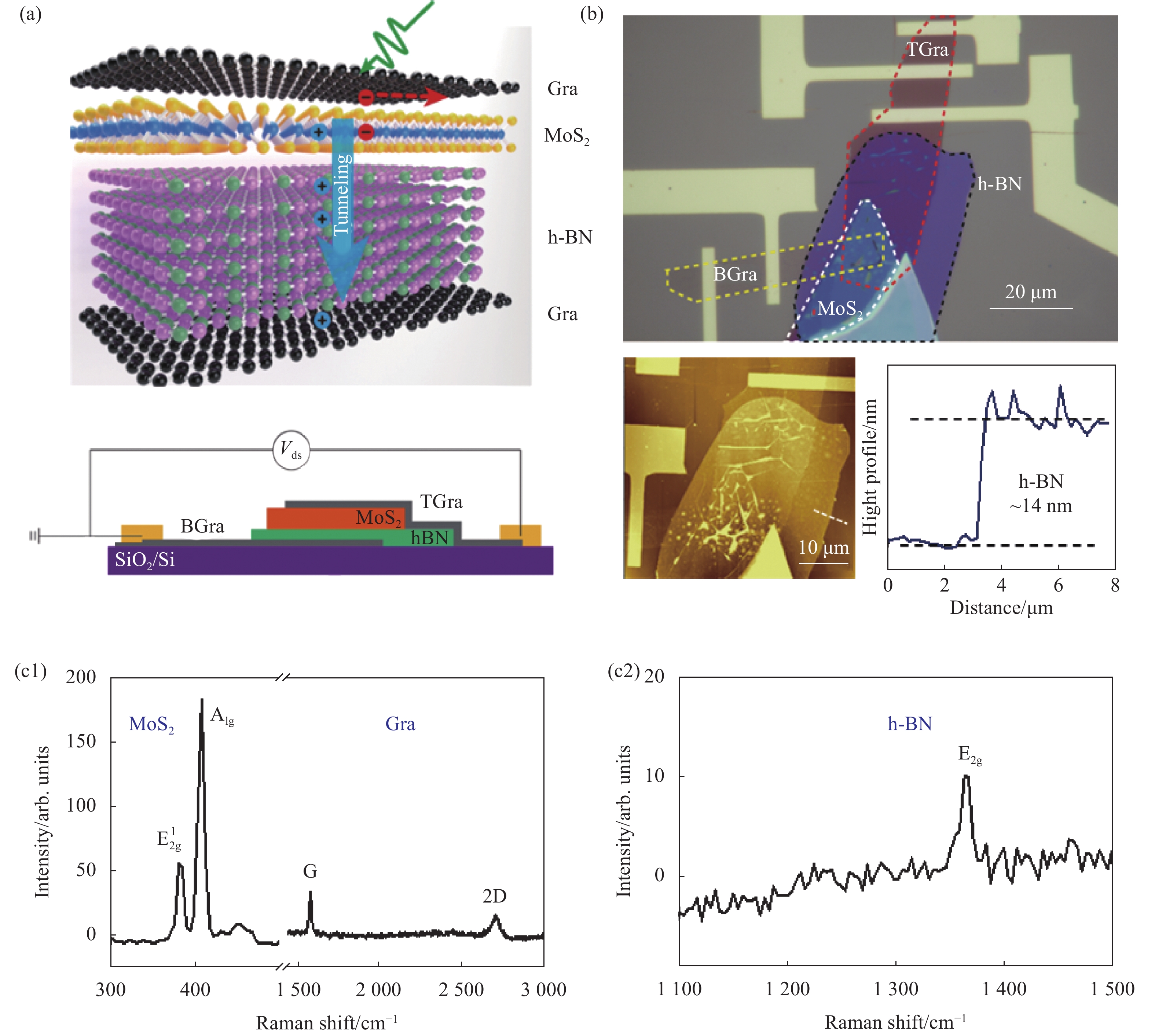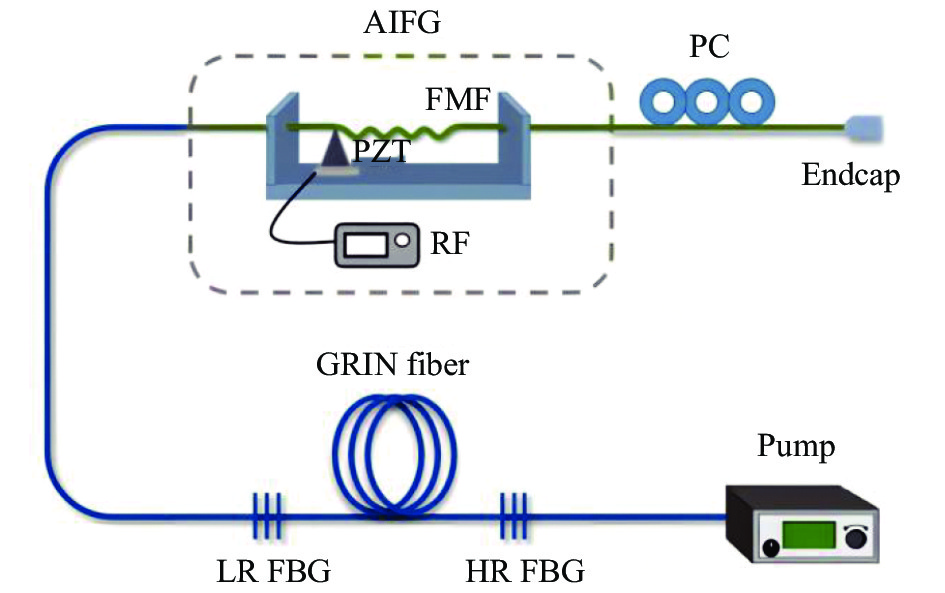2023 Vol. 52, No. 6
2023, 52(6): 20220863.
doi: 10.3788/IRLA20220863
2023, 52(6): 20230169.
doi: 10.3788/IRLA20230169
2023, 52(6): 20230334.
doi: 10.3788/IRLA20230334
2023, 52(6): 20230193.
doi: 10.3788/IRLA20230193
2023, 52(6): 20230131.
doi: 10.3788/IRLA20230131
2023, 52(6): 20230181.
doi: 10.3788/IRLA20230181
2023, 52(6): 20230175.
doi: 10.3788/IRLA20230175
2023, 52(6): 20230242.
doi: 10.3788/IRLA20230242
2023, 52(6): 20230189.
doi: 10.3788/IRLA20230189
2023, 52(6): 20230178.
doi: 10.3788/IRLA20230178
2023, 52(6): 20230192.
doi: 10.3788/IRLA20230192
2023, 52(6): 20230143.
doi: 10.3788/IRLA20230143
2023, 52(6): 20230264.
doi: 10.3788/IRLA20230264
2023, 52(6): 20230197.
doi: 10.3788/IRLA20230197
2023, 52(6): 20230243.
doi: 10.3788/IRLA20230243
2023, 52(6): 20230267.
doi: 10.3788/IRLA20230267
2023, 52(6): 20230213.
doi: 10.3788/IRLA20230213
2023, 52(6): 20230174.
doi: 10.3788/IRLA20230174
2023, 52(6): 20230142.
doi: 10.3788/IRLA20230142
2023, 52(6): 20230148.
doi: 10.3788/IRLA20230148
2023, 52(6): 20230219.
doi: 10.3788/IRLA20230219
2023, 52(6): 20230233.
doi: 10.3788/IRLA20230233
2023, 52(6): 20230217.
doi: 10.3788/IRLA20230217
2023, 52(6): 20230269.
doi: 10.3788/IRLA20230269
2023, 52(6): 20230168.
doi: 10.3788/IRLA20230168
2023, 52(6): 20230196.
doi: 10.3788/IRLA20230196
2023, 52(6): 20230292.
doi: 10.3788/IRLA20230292
2023, 52(6): 20230250.
doi: 10.3788/IRLA20230250
2023, 52(6): 20220869.
doi: 10.3788/IRLA20220869



